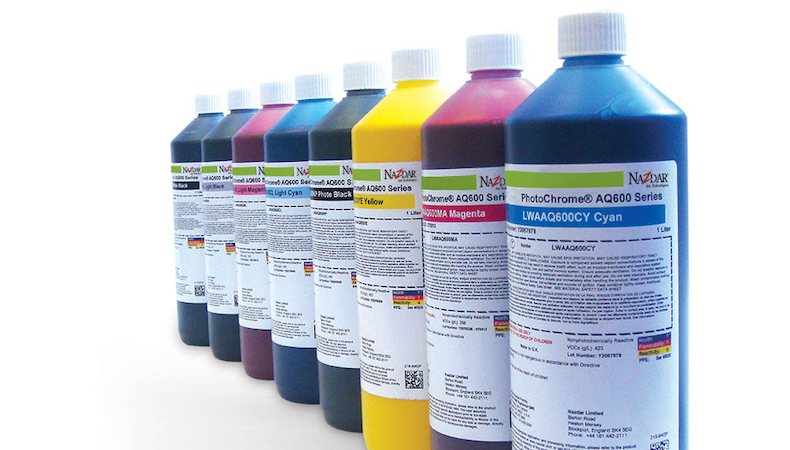Nazdar releases new dye sub inks

The latest dye-sublimation inks from Nazdar Ink Technologies are now available from Quality Print Services (QPS), whose customers are already producing an amazing variety of output using the formulation.
Designed for use on any printer platform using Epson printhead technology, Nazdar NDT600 Series inks deliver an incredibly high print density that ensures strong, vibrant prints, while using less ink.
Less ink also means less bleed when used for direct-to-substrate applications and prints dry faster, allowing users to use a lower weight – and thus lower cost – heat transfer paper. Quicker drying inks are also essential as printers become faster, by helping to accelerate workflow.
Moreover, Nazdar NDT600 Series inks offer brilliant versatility. Since their release in 2017, QPS customers have used them to produce output as diverse as sports apparel, including activewear for rugby players and cyclists; display graphics, fabric banners and flags; bar runners; educational equipment, such as play mats; promotional and personalised gift items, and ceramics.
The new Nazdar NDT600 inks replace previous dye-sub inks in the Nazdar range. A completely new dispersion, yet accurately colour matched to the previous Nazdar dye-sub inks, the NDT600 inks offer improved performance and reliability with a stress-free conversion by QPS.
“Since the introduction of the new Nazdar NDT600 Series inks we’ve converted many businesses’ dye-sublimation printers,” commented QPS managing director Chris Bailey. “Conversion is quite straightforward for users switching from either older Nazdar inks or OEM products, so there’s little downtime.”
Nazdar NDT600 Series inks are produced at Nazdar’s Stockport facility – not too far from QPS’s base in Burscough, Lancashire – so customers know they are supporting British manufacturing.
The NDT600 product range is available in one-litre bottles for customers using open bulk ink systems and in two-litre ink pouches to suit the MBIS systems.

